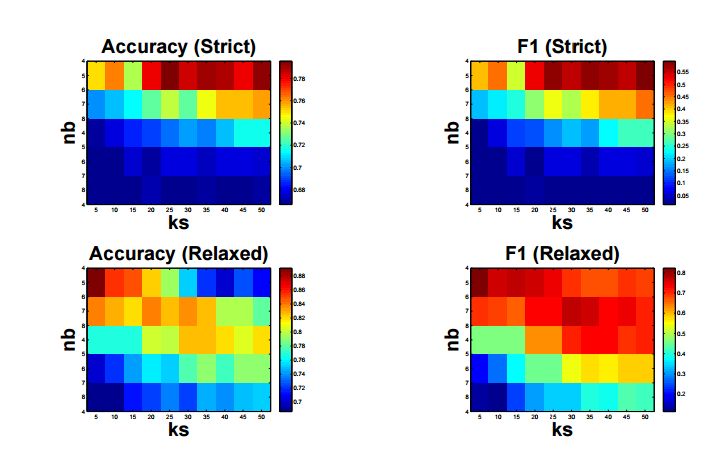A Quicker Way to Pair Smartphones: Shake Them
Pairing two smartphones to swap photos or documents or anything else, is an annoyingly complex process. Via Bluetooth, for example, this usually require one user to manually enter a unique key supplied by one of the devices.

That’s time consuming, fiddly and a significant barrier to quick connections. So a faster, easier way of pairing would be greatly appreciated.
Today, Hıdır Yuzuguzel at Tampere University of Technology in Finland and a few pals say they’ve found a much easier way to do it. Their protocol is to hold both devices in one hand and shake them together.
The idea makes use of the accelerometers built into most modern smartphones. The protocol ensures that this shaking produces the same unique key on both devices that they then use to connect. But it must also ensure that another smartphone cannot easily reproduce the key and thereby connect by accident or maliciously.
The new protocol does this in a straightforward way. The on board software is primed to look for the sharp jolt from the accelerometers caused by two smartphones bumping together. This synchronizes the software in both devices to start analyzing the shaking motion.
Of course, there is no guarantee that the accelerometers will be exactly aligned—one phone might be upside down, for example. And in any case, their frames of reference may not be aligned. So the software must extract features from the shaking data that are frame independent.
It does this by looking at ten different aspects of the accelerometer data, such as the number of peaks, root-mean-square, skewness, peak to peak and average power and so on. Each of these factors are quantized to produce a four bit signal, which when added together, creates a bitstream that is 40 bits long.
An important question is how unique this bit stream is; whether another smartphone could reproduce it. To find out, Yuzuguzel and pals tested their algorithm on two Samsung Galaxy Nexus smart-phones.
“Off-line experiments showed that 76% of same shaking processes generate the same key. On the other hand, only 4% of different shaking processes generated the same key,” they say. And the team are confident this can be improved.
That’s interesting work that could one day make it easier to pair smartphones. Whether it ever gains traction is another question entirely—is this kind of shaking something that people would really want, or remember, to do when pairing their phones?
What Yuzuguzel and pals need is an smartphone maker or maker of smartphone operating systems to pick up their idea and run with it. Something they must surely have their fingers crossed for.
Ref: arxiv.org/abs/1507.06353 : ShakeMe: Key Generation From Shared Motion
Keep Reading
Most Popular
Large language models can do jaw-dropping things. But nobody knows exactly why.
And that's a problem. Figuring it out is one of the biggest scientific puzzles of our time and a crucial step towards controlling more powerful future models.
The problem with plug-in hybrids? Their drivers.
Plug-in hybrids are often sold as a transition to EVs, but new data from Europe shows we’re still underestimating the emissions they produce.
Google DeepMind’s new generative model makes Super Mario–like games from scratch
Genie learns how to control games by watching hours and hours of video. It could help train next-gen robots too.
How scientists traced a mysterious covid case back to six toilets
When wastewater surveillance turns into a hunt for a single infected individual, the ethics get tricky.
Stay connected
Get the latest updates from
MIT Technology Review
Discover special offers, top stories, upcoming events, and more.